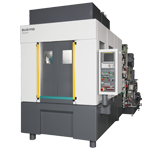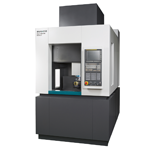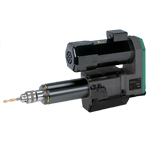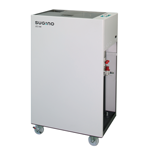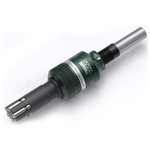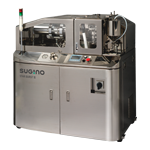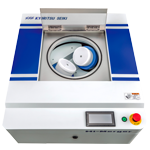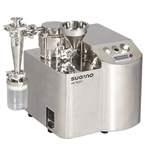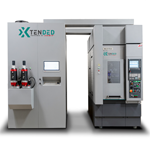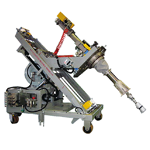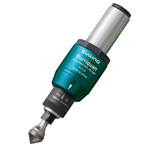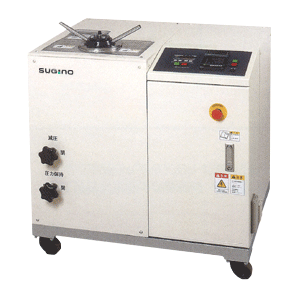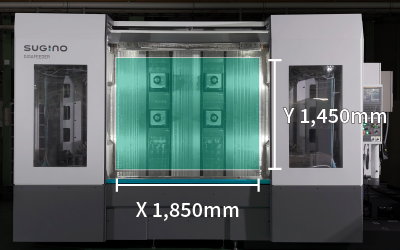Roller Burnishing FAQ
Below you'll find some common questions about roller burnishing and surface finish with Superoll tools.
Superoll processing is suitable for metals that undergo plastic deformation. Typically, materials with a hardness up to HRC 40 can be processed using Superoll.
For heat-treated workpieces with higher hardness, we recommend using Cat’s Eye diamond burnishing tools.
No special equipment is required. Any machine with rotation and feed capabilities can be used. Compared to cutting processes, Superoll processing requires less torque, meaning the necessary driving force is also minimal.
Superoll tools can be easily mounted on general-purpose machines such as drill presses, lathes, turret machines, boring machines, and drilling units.
In optimal conditions, Superoll processing can achieve a surface roughness of 0.2 µm Rz.
However, the final surface finish depends significantly on factors such as the material type, initial surface roughness, and processing conditions.
Superoll processing can slightly improve roundness due to the enhancement of surface roughness.
However, because it is a surface-level plastic deformation process, basic shapes such as ovals cannot be improved.
Iron-based metals typically show an increase of approximately Hv40.
Stainless steel materials can have hardness increases of up to Hv100.
Please note that an increase in hardness refers to a surface depth of about 0.1 to 0.2 mm.
Superoll processing finishes surfaces by applying pressure through rollers. To withstand this pressure, the workpiece must have sufficient thickness, at least 20% of its inner diameter. If the material is too thin, swelling may occur or roundness may be affected.
These problems can typically be addressed by:
- Reducing the burnishing amount
- Supporting the outer periphery with a jig
- Performing Superoll processing before the material becomes too thin
If you have a thin workpiece, please reach out to us. We can provide guidance and assistance to meet your specific requirements.
Superoll processing is a plastic deformation method that smooths surfaces by pressing rollers over surface irregularities. For best results, the pre-processed surface should have a consistent feed pattern, typically achieved through boring or lathe machining.
Surfaces processed with drills or other tools may have irregular depressions that cannot be fully smoothed, making it difficult to achieve an optimal finish.
Compared to lathe turning, Superoll processing can improve fatigue strength by approximately 30%. This enhancement is achieved through the combined effects of:
- Compressive residual stress generated at the surface
- Increased material hardness due to work hardening
- Elimination of subtle irregularities through surface finishing
Compared to grinding, Superoll processing is significantly faster, typically requiring only 1/10 to 1/20 of the time. Mirror-like finishing can be achieved in a single pass.
Click here for information on optimal rotation speed and feed rates.
Yes, consumable parts such as rollers and mandrels are fully replaceable, helping to reduce overall running costs.
Click to inquire about replacement parts: Parts & Service
Yes, dimensional correction is possible within a range of a few micrometers to several tens of micrometers. The degree of correction depends on the material and processing conditions.
As a general guideline:
- Inner diameter processing can achieve dimensional changes of several tens of micrometers
- Outer diameter processing typically allows for changes of a few micrometers
Yes, Superoll offers specialized tools for processing curved and spherical surfaces.
For curved surface processing:
- FD-type Superoll for R surface processing
- CAT’S EYE for multi-surface processing
- Single roller SR-type Superoll for multi-surface processing
For spherical surface processing:
- Superoll SES Type for spherical surface processing
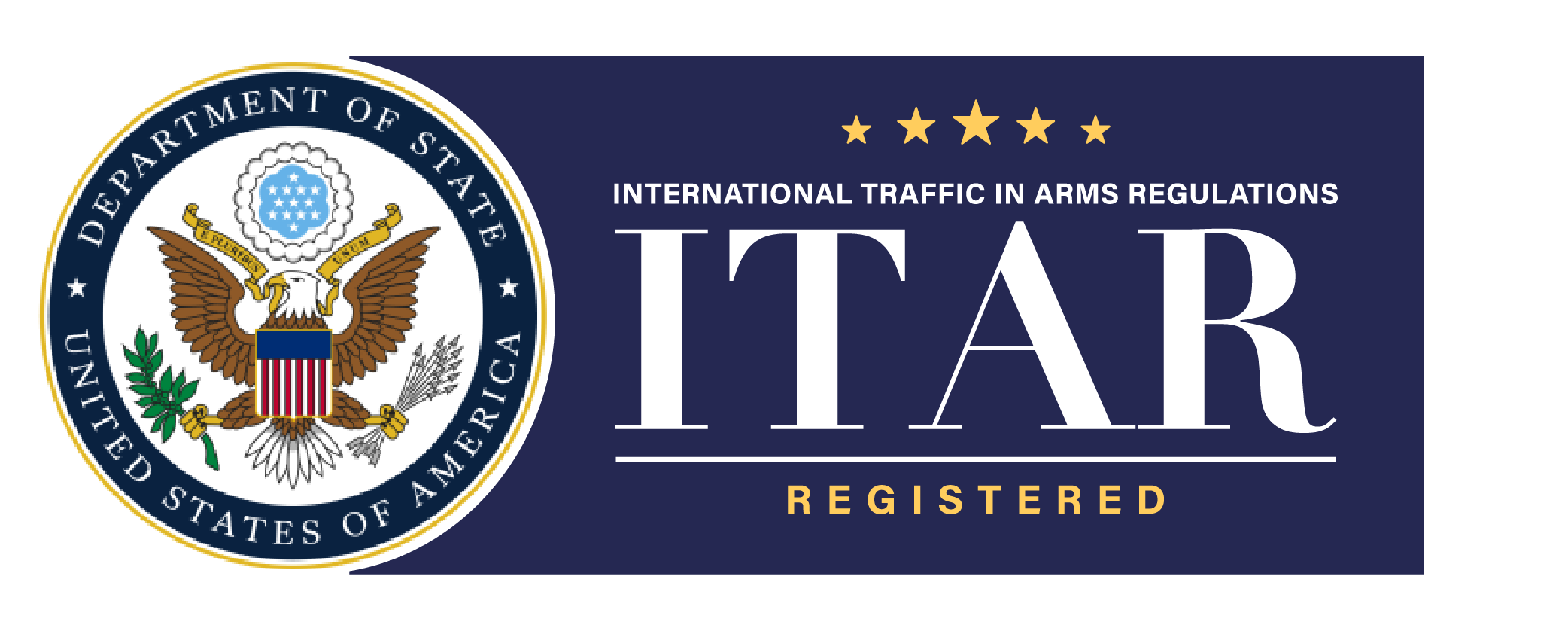
![Explore the full range of Superoll tools{{ include_custom_fonts({"DIN Alternate Bold":["Semi Bold"]}) }}](https://no-cache.hubspot.com/cta/default/5001205/interactive-194263243802.png)

![Need more guidance? Get help choosing the right tool, discuss a tool trial, or get your questions answered. {{ include_custom_fonts({"DIN Alternate Bold":["Semi Bold"]}) }}](https://no-cache.hubspot.com/cta/default/5001205/interactive-194005608294.png)
